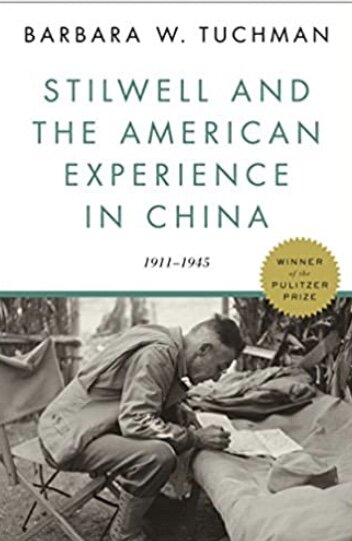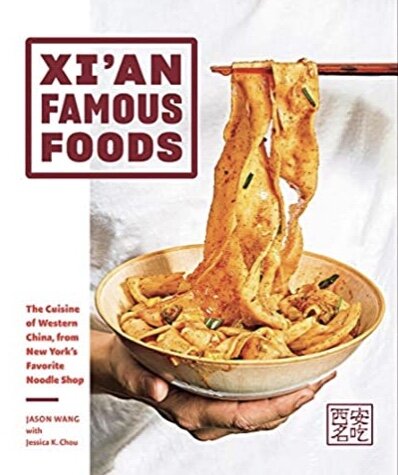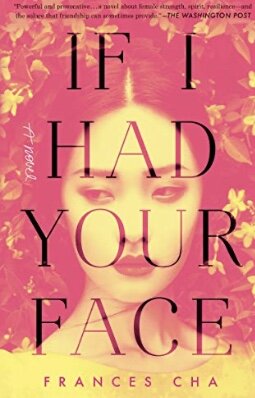The Bookseller of Kabul by Asne Seierstad (Virago)
Asne Seierstad is a Norwegian journalist. In the fall of 2003, she spent three months in Afghanistan reporting for many Scandinavian newspapers. She first met Sultan Khan in November of that year. Sultan Khan (not his real name) is the owner of a bookstore in the Afghan capital of Kabul. He is The Bookseller of Kabul.
Seierstad had spent six weeks with the Northern Alliance “in the desert by the Tajikistani border, in the mountains of the Hindu Kush, in the Panshir Valley, and on the steppes north of Kabul”. She was following their offensive against the Taliban. She “slept on stone floor, in mud huts, and at the front, travelled on the back of lorries, in military vehicles, on horseback and on foot.” After the fall of the Taliban, she went to Kabul with the Northern Alliance where she discovered a small bookstore.
Seierstad became a regular visitor to the bookshop and enjoyed browsing for books and talking to the proprietor, an Afghan man who says he felt let down by his country time and again. She listened to him talk about running his bookshop before, during and after the reign of the Taliban. “First the Communists burnt my books, then the Mujahadeen looted and pillaged, finally the Taliban burnt them all over again.”
Talking with Sultan Khan gives Seierstad the idea of how interesting it would be to write about his family. She makes the proposal and at the beginning of February, she spends four months living with the family. As a woman, she was able to get close to the female members of the family and as a Westerner she was able to move freely amongst the men and women of the family.
Seierstad says, “If I were to live in a typical Afghan family it would have been with a family in the countryside, a large family where no one could read or write, and every day was a battle for survival.”
Seierstad reminds the reader that she didn’t pick this family to represent the average Afghani household. It is about one Afghan family, one that would be considered middle-class by Western standards as many of the children were educated, most could read and write and they always had enough money so didn’t face the fear of starving. She chose them because they inspired her.
After the publication of the book, Suraia Rais, the second wife of Shah Muhammad Rais,the real-life Sultan Khan, sued Seierstad for defamation of character. At first, the courts rule in favor of Rais but Seierstad appealed the ruling and after an eight year legal battle, the Norwegian Supreme Court overturned the lower court's ruling citing “the family was well aware of the nature of the book project” adding that Seierstad was found “not to have acted negligently, and the content of the book was essentially deemed true.”
It appears the family were unhappy with the way they were portrayed. Sultan Khan was portrayed as a dictatorial patriarch whose word is law and his second wife probably didn’t enjoy being described as spoiled and entitled. As a journalist, Seierstad manages to be objective about her subjects, she says “the manner in which they were portrayed was not “ideal” but she represented the family in a “respectful” way.
She praises Rais for selling his books when it was dangerous to do so and believes he is an Afghan hero but says he is also an Afghan patriarch and one of the things that continued to irritate her was “the manner in which men treated women. The belief in man’s superiority was so ingrained that it was seldom questioned.”
I also believe that Sultan Khan, Shah Muhammad Rais is a hero. As someone who promotes reading and education, he and his customers will be the future of Afghanistan. I only hope that peace and stability will one day come to their country. ~Ernie Hoyt




















